According to MB Securities Company (MBS), credit accelerated in the second quarter of 2025 thanks to the maintained low interest rate environment. System-wide credit began to increase sharply from February 2025 thanks to positive sentiment supported by the 8% GDP growth target along with loosened monetary policy targets. As of June 16, 2025, credit increased by 6.99% compared to the beginning of the year, higher than the 3.75% in the same period last year.
According to MBS's observation, credit of listed commercial banks (CBs) did not fluctuate much compared to the previous quarter. The group of joint stock commercial banks had a better growth rate than the group of state-owned commercial banks. Banks with good credit growth in the first quarter of the year such as MSB, EIB, VPB, SHB , CTG continued to grow well in the second quarter of 2025. The low interest rate environment focusing on corporate customers continued to be the main driver of credit in the second quarter of 2025.

Experts at MBS also believe that NIM will not decrease further in Q2/2025 compared to Q1/2025. NIM is forecasted to not decrease further in Q2/2025 compared to Q1/2025 with the expectation that lending interest rates will not decrease further while deposit interest rates may decrease slightly thanks to improved deposit growth in the first 6 months of 2025.
As of mid-June 2025, mobilization growth reached 5.09% compared to the beginning of the year, far exceeding the figure of 0.92% in the same period last year, although interest rates did not increase too much, which could reduce mobilization pressure of banks in the second half of the year.
MBS's observation shows that NIM in the first quarter of 2025 will decrease sharply, mainly due to a sharp decrease in return on assets (ROA) while the cost of funds (COF) of state-owned banks remains the same as in 2024.
In general, the net profit of listed commercial banks will be more positive in the second quarter of 2025. MBS forecasts that the net profit of listed commercial banks will increase by about 14.7% yoy in the second quarter of 2025, more positive than the level of only 11.0% in the first quarter of 2025.
Banks that are forecast to have good growth such as VPB, CTG, EIB are forecast to have better credit growth than the whole industry and NIM will also decrease less than the low base of last year (VPB, EIB).
According to MBS's forecast, VPBank 's credit growth could reach around 12% by the end of the second quarter, while NIM is estimated at around 5.9%, flat compared to the previous quarter and down compared to the same period due to the high base of the previous year. Eximbank's credit growth in the second quarter will increase sharply and is estimated to reach 13% by the end of the quarter, partly thanks to a very positive increase of more than 9% in the first quarter.
Some other banks are also forecasted to have positive credit growth in the second quarter such as: VietinBank is expected to reach about 10%, HDBank is forecasted to reach about 6%, OCB by the end of the second quarter will reach 7%, Sacombank is forecasted to reach about 9% by the end of the second quarter, VIB is forecasted to increase by 8%, LPBank is forecasted to reach about 10%, Techcombank expects credit by the end of the second quarter will reach 9%, ACB will reach about 8%...
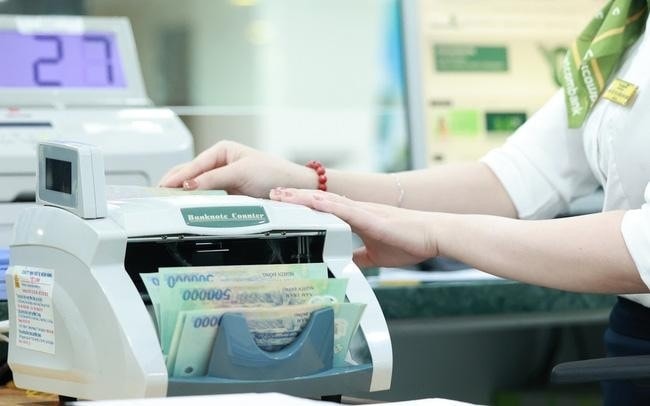
According to MBS's assessment, new regulations affecting the banking industry include: Decree 69/2025/ND-CP compared to the old regulations (Decree 01/2014/ND-CP) and the legalization of Resolution 42/2017/NQ-CP.
Specifically, the biggest change is related to increasing the maximum ownership ratio of foreign investors (FIIs) to 49% at commercial banks receiving mandatory transfers (previously 30%) including VPB, MBB and HDB. This gives these joint stock commercial banks more room when they need to increase capital density. However, MBS believes that the above banks are not really urgent in using this increased foreign room. After having a strategic partner, SMBC, VPB increased its CAR to more than 14% at the end of the first quarter of 2025, ranking second in the industry. MBB and HDB are still locking foreign room below 30% at 23.2% and 17.5%, respectively.
In addition, important changes in the draft related to proactively seizing collateral assets help banks reduce the pressure of provisioning and debt handling costs; make transparent and reduce procedures in buying, selling, and handling debt; raise borrowers' awareness of debt repayment, helping to improve the asset quality of the entire system in the long term.
MBS believes that large banks with large provisioning costs such as CTG, VPB and small-scale banks such as OCB, MSB, VIB will benefit more than the remaining group if this draft is passed.
Source: https://baodaknong.vn/tang-truong-tin-dung-thuc-day-loi-nhuan-nganh-ngan-hang-256431.html







![[Photo] The 9th Party Congress of the National Political Publishing House Truth](https://vphoto.vietnam.vn/thumb/1200x675/vietnam/resource/IMAGE/2025/6/24/ade0561f18954dd1a6a491bdadfa84f1)
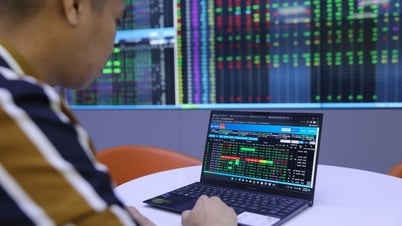

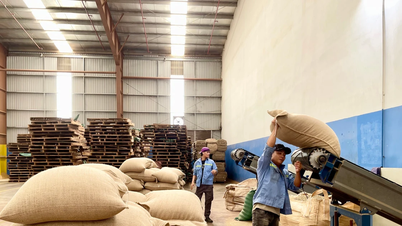

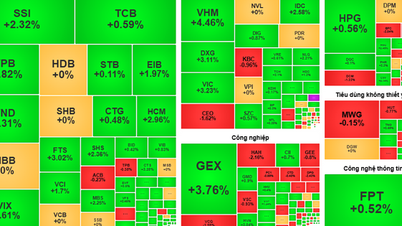





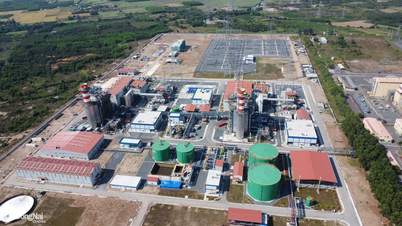










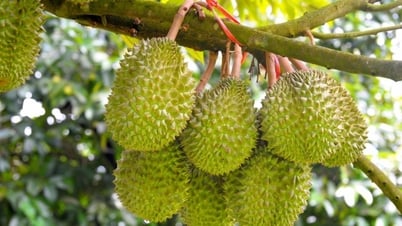
































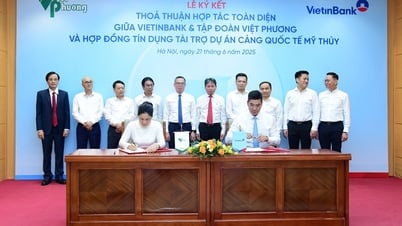













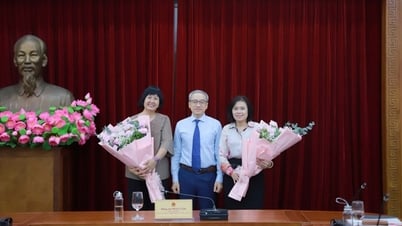



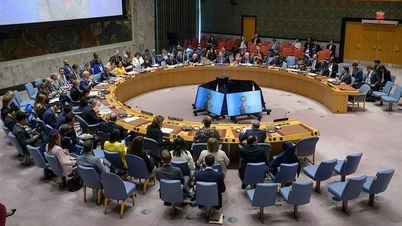






















Comment (0)